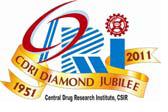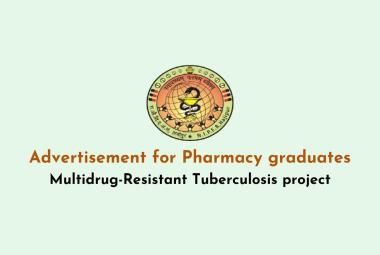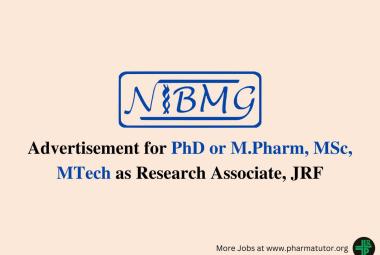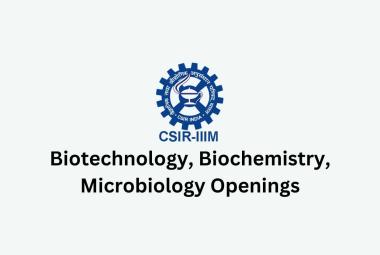ALTERING STATE OF AFFAIRS OF PACKAGING IN PHARMACEUTICAL INDUSTRY: A REVIEW
About Authors:
Nishant kumar gupta, *Aadesh kumar
Dept. of pharmacy BIT meerut
*adesh.adi.chaudhary@gmail.com
Abstract:
There was a point in time when packaging in pharmaceutical industry is symbolized for substantial safeguard, for identification and for merely endowing with a piece of information to any person who agree to it. But the changing scenario has been conveyed an assortment of changes, as in this day and age packaging provides the prevention of product tampering and counterfeiting, the assurance of product dispensing accuracy, child protection and the promotion of patient compliance with product dosage schedules. In the precedent time we used packaging materials, labels, holograms and some introductory communications; but these days together with them we use mobile applications, an innovative and creative unit, altering labeling standards, luxurious packaging, a packaging development team, anti-counterfeiting packaging extravaganza, hi-tech module for packaging demonstrate and an intelligent outlook. Packaging schoolwork has such an individual place in the market of counterfeit or fake drugs as nowhere. Packaging developer has an only effort to engender a special design that can competent with both fake brands and generic brand of that drug with ‘Me-too’ names.
[adsense:336x280:8701650588]



 Novartis (NYSE: NVS) is a world leader in the research and development of products to protect and improve health and well-being. The company has core businesses in pharmaceuticals, vaccines, consumer health, generics, eye care and animal health.
Novartis (NYSE: NVS) is a world leader in the research and development of products to protect and improve health and well-being. The company has core businesses in pharmaceuticals, vaccines, consumer health, generics, eye care and animal health. About Authors:
About Authors:  CSIR-Central Drug Research Institute, Lucknow is a premier R&D Institute under the aegis of the Council of Scientific and Industrial Research (CSIR), New Delhi which is an autonomous body under Department of Scientific and Industrial Research, Government of India.
CSIR-Central Drug Research Institute, Lucknow is a premier R&D Institute under the aegis of the Council of Scientific and Industrial Research (CSIR), New Delhi which is an autonomous body under Department of Scientific and Industrial Research, Government of India. About Authors:
About Authors:  About Authors:
About Authors: 





